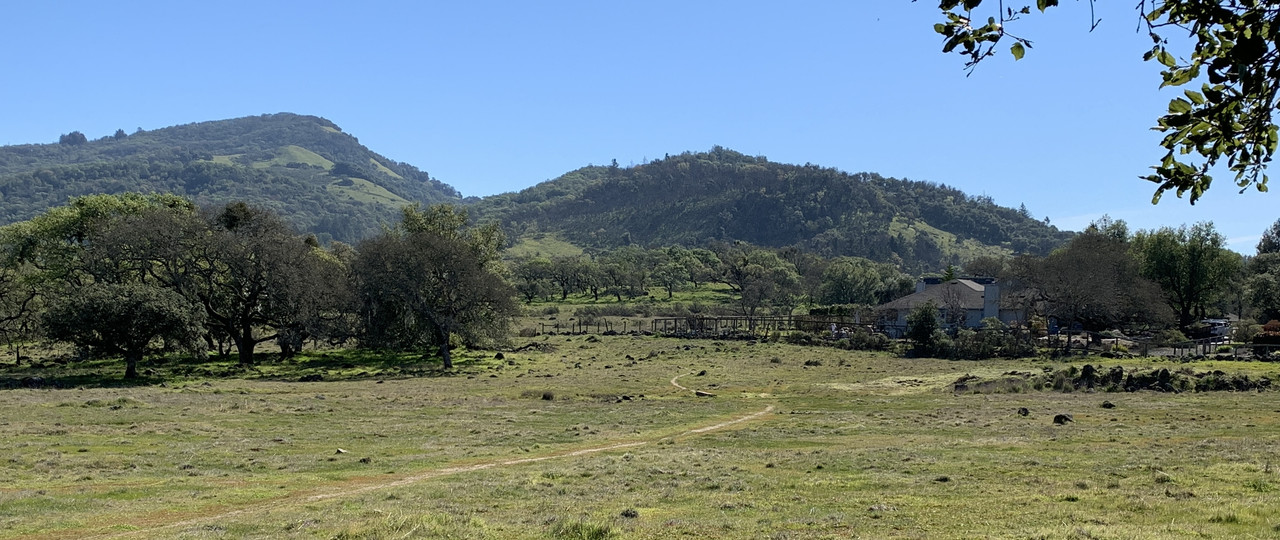Koolau
Give me a museum and I'll fill it. (Picasso) Give me a forum ...
Believe it or not, Hawaii has been under draught conditions for several years. See:
https://www.drought.gov/states/hawaii
The issue on Oahu has been exacerbated by the Red Hill fuel-into-groundwater leak a few months back. We have been "asked" to cut our water usage by 10%.
I would assume that both Hawaii and California could "solve" most of these issues if there were a way to start with a clean slate (new water infrastructure, efficient 1/2 toilets, better run-off catchment, gray water recycling, etc.) But once the problem exists, it's really hard to fix. Typically, things have to get worse before anyone will make them better.
We lose so much water to leaks that it's like whack-a-mole tearing up the streets and fixing huge water mains.
https://www.drought.gov/states/hawaii
The issue on Oahu has been exacerbated by the Red Hill fuel-into-groundwater leak a few months back. We have been "asked" to cut our water usage by 10%.
I would assume that both Hawaii and California could "solve" most of these issues if there were a way to start with a clean slate (new water infrastructure, efficient 1/2 toilets, better run-off catchment, gray water recycling, etc.) But once the problem exists, it's really hard to fix. Typically, things have to get worse before anyone will make them better.
We lose so much water to leaks that it's like whack-a-mole tearing up the streets and fixing huge water mains.

